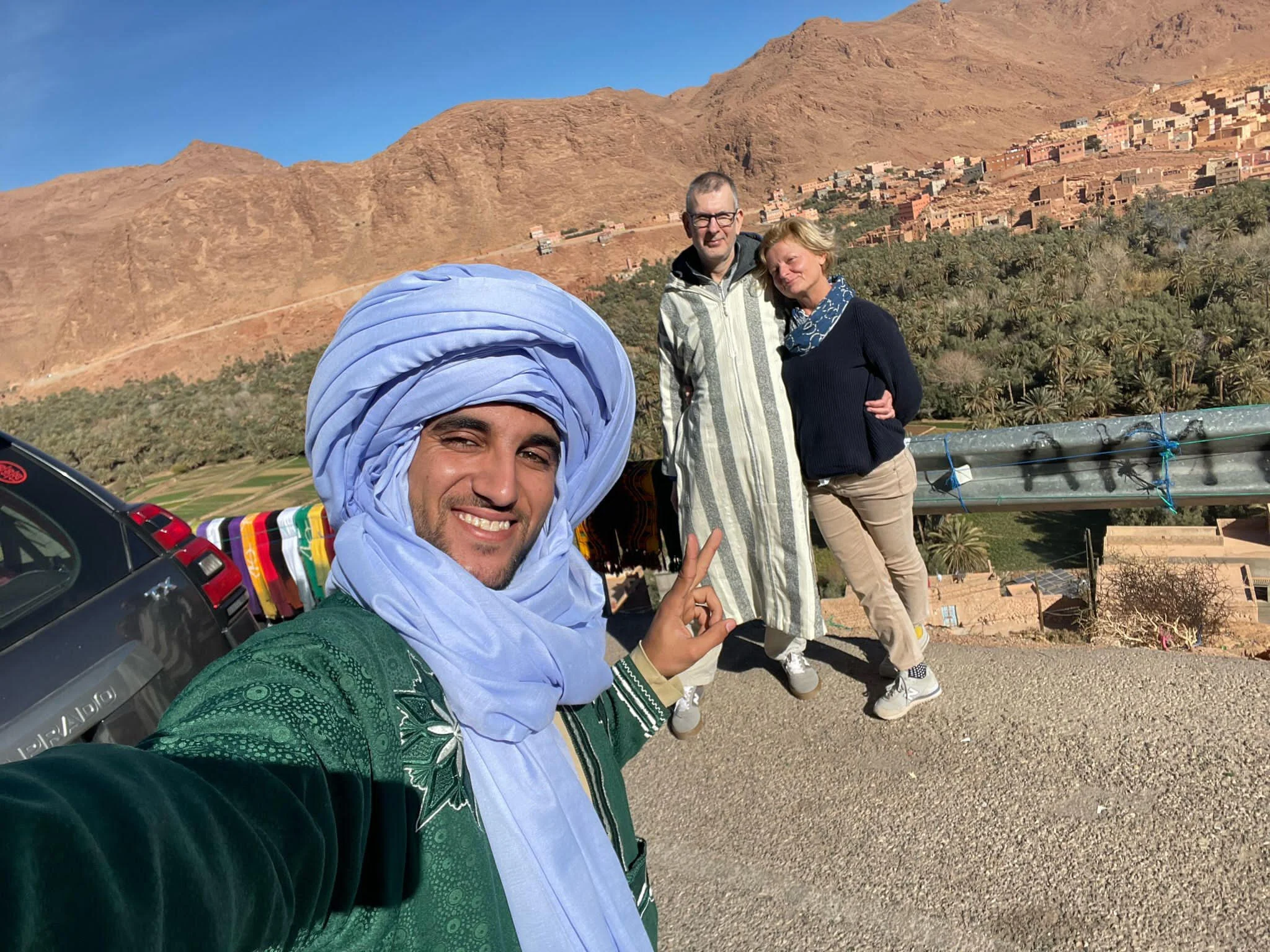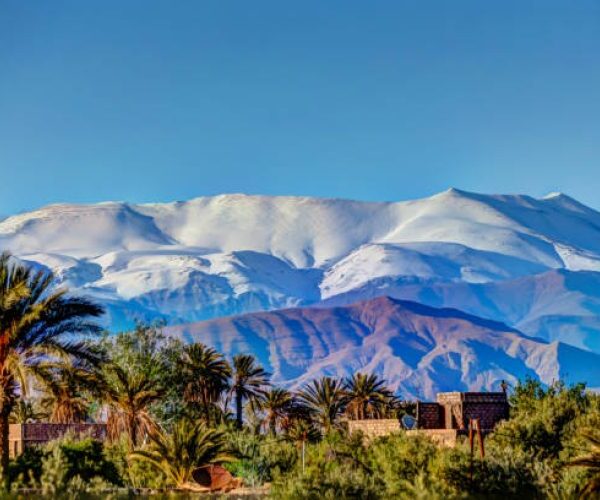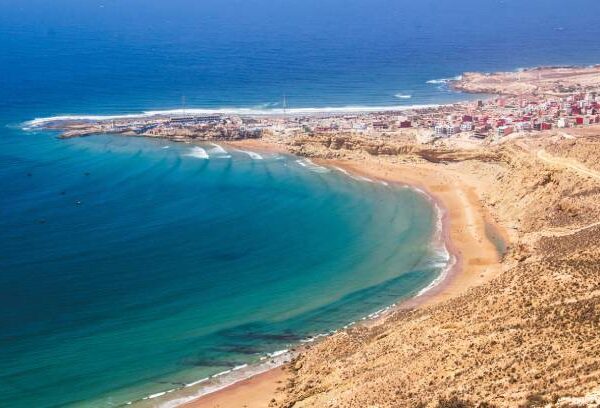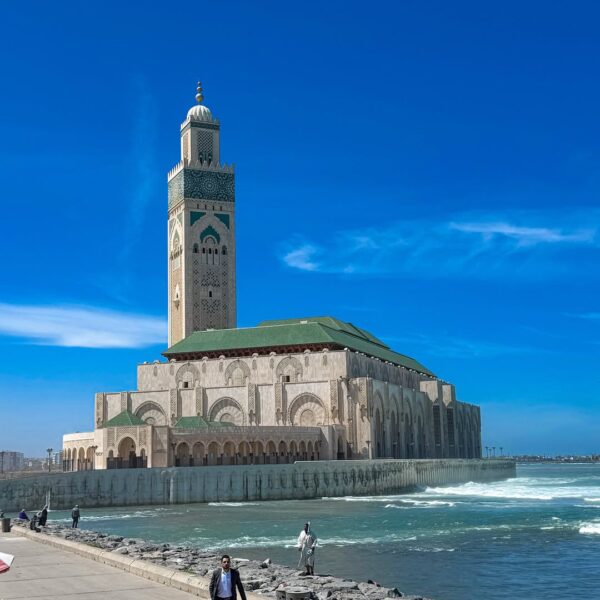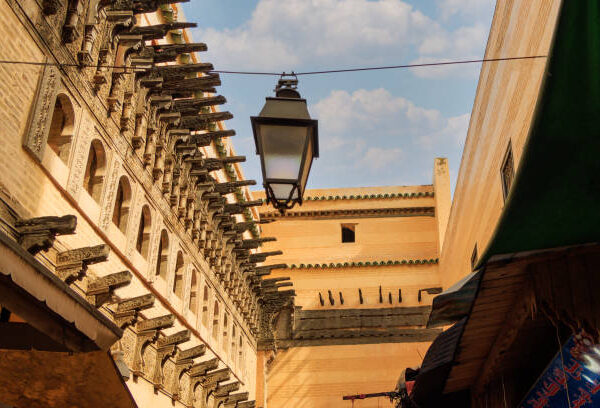What You Should Know About Moroccan People
Moroccans are famed for their warmth and hospitality, making Morocco a vibrant cultural crossroads and a top pick for best Morocco travel. The population is a rich tapestry of Arabs, Berbers (Amazigh), and Sahrawis, each contributing distinct traditions, languages, and values. Arabic and Berber (Tamazight) are the official languages, while French remains important, and English is thriving especially in urban hubs. Learning a few Darija or Amazigh phrases can help you connect deeply with locals. Sunni Islam shapes daily life prayer calls, modest clothing, and community customs. During your Excursion Morocco Tours, you’ll notice how religion influences greetings, mealtimes, and social events. One of the most memorable aspects of Moroccan culture is its legendary hospitality. Visitors are often welcomed with communal meals, shared tagines, couscous, and sweet mint tea simple gestures that enrich your best Morocco travel memories. Morocco is where tradition meets modernity: artisans selling handcrafted rugs and pottery in souks stand side by-side with sleek technology shops. It’s a captivating fusion that you’ll experience throughout your Moroccan excursions
Exploring Morocco’s Rich Ethnic Diversity
Morocco offers travelers an intriguing blend of cultures, deeply rooted in its rich ethnic diversity. Known as a “cultural tapestry,” Morocco’s population primarily includes Arabs and Berbers (Amazigh), with a smaller yet significant Sahrawi minority. This unique mix is the result of centuries of migrations, conquests, and settlements that have shaped Morocco’s distinct identity.
Arabs make up about 67% of Morocco’s population. Their influence dates back to the 7th century, when the arrival of Islam and Arab culture transformed the region. The Arab presence is visible in Moroccan Arabic (Darija), the food, and the celebration of Islamic festivals. The Berbers, or Amazigh people, are Morocco’s indigenous population, dating back over 5,000 years and comprising around 31% of the population. Their rich customs, traditional music, and language are integral to Moroccan culture, and they are particularly prominent in the Atlas Mountains and the Sahara regions.
Traveling across Morocco, you’ll hear various Berber dialects, such as Tamazight, Tarifit, and Tashelhit, enriching the country’s linguistic diversity alongside Arabic and French. While Darija is widely spoken, Berber languages also hold official recognition, reflecting Morocco’s commitment to honoring its heritage.
The Sahrawi people, though smaller in number, bring yet another cultural layer to Morocco’s vibrant population. Together, the Arabs, Berbers, and Sahrawis embody Morocco’s historical depth and cultural richness, offering visitors a unique opportunity to experience diverse traditions and ways of life. With its dynamic cultural heritage, Morocco stands as one of the most captivating destinations for travelers seeking both ancient roots and modern vitality.
Language & Communication: A Traveler’s Guide
Morocco is a linguistic mosaic—Darija is ubiquitous; Modern Standard Arabic is found in formal settings. Berber dialects (Tamazight, Tashelhit, Tarifit) are spoken by millions, especially in mountainous and rural regions. French remains essential in business and signage, while English is gaining ground in tourist zones like Marrakech, Fez, and Casablanca.
On your excursion morocco tours, mastering a few expressions “Salam,” “Shukran,” or “Azul” goes a long way toward authentic local interactions
Essential Cultural Etiquette
-
Greetings: Say “Salaam Alykum” and respond with “Wa Alykum Salaam.”
-
Modesty: Dress modestly—cover shoulders and knees; women should bring a scarf for mosque visits.
-
Mealtime customs: Remove shoes upon entry, wash your hands before meals, wait for “bismillah,” and eat with your right hand.
-
Tea rituals: Sweet mint tea is a hospitality staple—accept the second or third refill!
-
Photo etiquette: Always ask before photographing people, homes, or security personnel.
Following these norms shows respect and enriches your best Morocco travel experience.
Religion & Daily Life in Morocco
Nearly all Moroccans are Sunni Muslims. The five daily prayer calls are woven into urban and rural life. During Ramadan, public eating is avoided during daylight hours join locals for iftar or meals after sunset for a truly immersive experience.
Halal dining means no pork or public alcohol yet tagines, couscous, and mint tea remain cultural staples.
moroccan Hospitality: A Traveler’s Delight
Hospitality forms the heart of Moroccan culture. When invited into a home, expect a cup of mint tea, light conversation, and often a generous meal. Declining food too quickly can seem impolite—show enthusiasm and appreciation.
Guests are also taught to respect elders, remove shoes indoors, and sometimes bring gifts like tea or sweets. These actions go a long way in creating meaningful connections during your Excursion Morocco Tours.
Shared Dining: Unity & Tradition
Meals are communal. Guests gather around a shared dish, eating with their right hand after a “bismillah.” This tradition reinforces community and shared experience essential aspects of Moroccan cultural tours.
Welcomes on Moroccan Hospitality
-
Warm welcomes with mint tea and shared dishes.
-
Respect customs: modest dress, shoe removal, and polite participation in meals.
-
Connect through conversation and appreciation.
Understanding these elements makes any Morocco travel itinerary richer and more memorable.
Best Places to Visit in Morocco
1. Marrakech
-
Dive into the buzzing atmosphere of Jemaa el‑Fnaa, a UNESCO-listed square filled with snake charmers, storytellers, food stalls, and musicians Explore colorful souks, the stunning Bahia Palace, Koutoubia Mosque, and the iconic Jardin Majorelle.
2. Chefchaouen – The Blue Pearl
-
Nestled in the Rif Mountains, this entire town is painted in calming blues—a photographer’s dream 16 Days morocco tour
-
Wander alleyways, sip mint tea in Plaza Uta el‑Hammam, and hike to the Spanish Mosque for panoramic sunset views.
3. Fes – Cultural & Spiritual Heart
-
Lose yourself in Fes el‑Bali, one of the largest medieval medinas, home to artisans, historic madrasas, and the world’s oldest university, Al‑Qarawiyyin
-
Visit the iconic Chouara Tanneries and discover the rich artisan culture.
4. Sahara Desert – Merzouga & Erg Chebbi
-
Camel trek into golden dunes, sleep in desert camps under a million stars, and witness thrilling sunrises and sunsets Optional 4×4 or sandboarding adventures make it an unforgettable excursion.
5. Essaouira – Coastal Charm
-
This UNESCO coastal medina is famous for seafood, windsurfing, and a relaxed artistic vibe .
-
Stroll along the ramparts, browse thuya woodcrafts, and enjoy grilled sardines by the port.
6. Aït Ben Haddou & Ouarzazate – Film Set Wonders
-
Explore the ksar of Aït Ben Haddou, a UNESCO World Heritage mud‑brick village featured in Gladiator and Game of Thrones Nearby Ouarzazate, the “Hollywood of Africa,” offers Atlas Studios and the impressive Kasbah Taourirt
7. Rabat – Royal & Relaxed
-
Morocco’s capital blends coastal calm with historic sites like the Kasbah of the Udayas, the 12th-century Hassan Tower, and peaceful gardens
8. Tangier – Gateway Between Continents
-
A cosmopolitan port city with influences from Africa and Europe, Tangier features a charming medina, the Kasbah, the Grand Socco, and the mystical Caves of Hercules
9. The Atlas Mountains & Gorges
-
Ideal for trekking and cultural immersion; hike near Imlil to Toubkal, explore the scenic Ourika Valley, and visit dramatic gorges in Dades and Todgha Best Morocco Tours
10. Agadir & Taghazout – Surf & Sun
-
A modern coastal resort area known for sunshine, beaches, golf, and water sports—ideal for relaxation and adventure
Optimizing Your Morocco Itinerary
-
Combine city and nature: Ideal trips include Marrakech, a desert night, and Atlas Mountain hikes.
-
Include diverse excursions: Plan a Sahara trek, an Essaouira coastal visit, and a Chefchaouen mountain stop.
-
Travel periods: Best times to go are spring (March–May) and autumn (September–November) Best time to visit morocco
Conclusion & Call to Action
Morocco’s allure lies in its blend of vibrant cultures, scenic diversity, and genuine hospitality. From mint tea rituals to communal tagine dinners, every moment on Excursion Morocco Tours unveils a layer of authentic Moroccan life.
Ready to book your adventure? Get in touch with Excursion Morocco Tours they offer customizable itineraries, 24/7 support, and unbeatable value, ensuring your journey becomes the best Morocco travel experience you’ve ever had.

